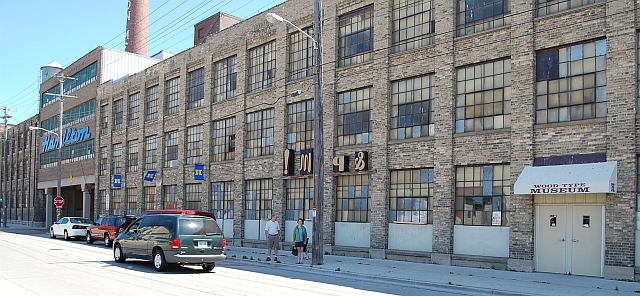
I won’t go much into the history of the company or the museum, which you can get from their website, but instead show some pictures of the vast visual archive they have, documenting this phase of printing history.
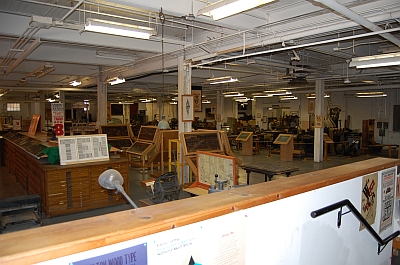


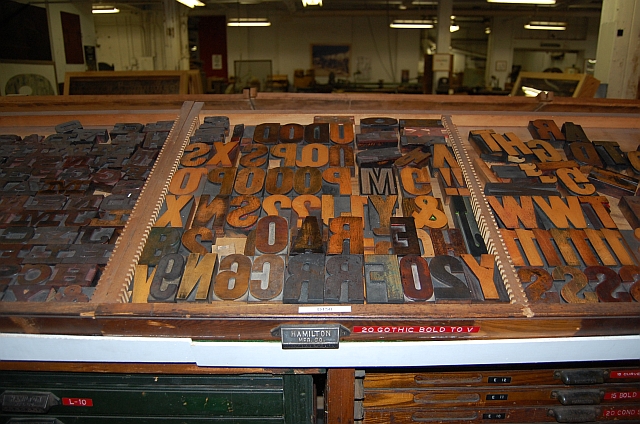
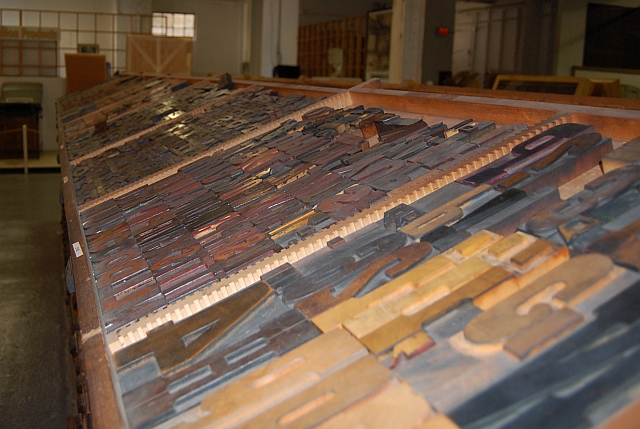
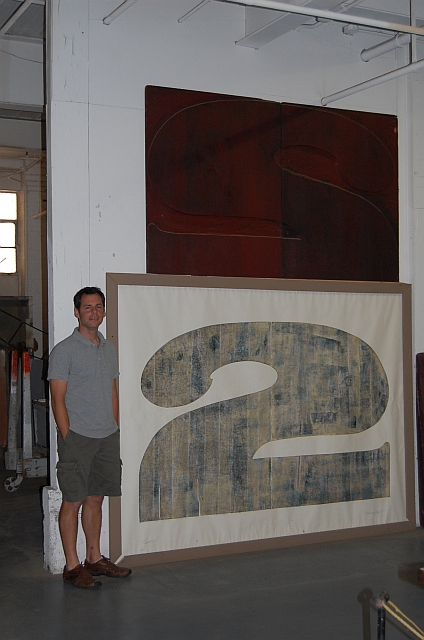
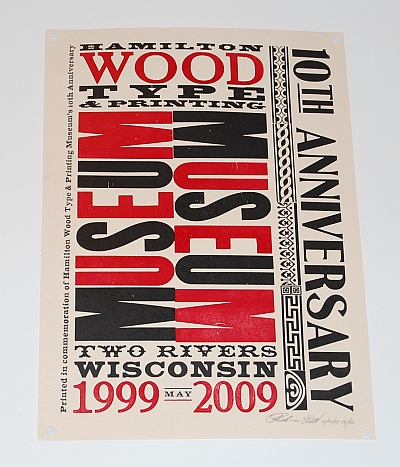
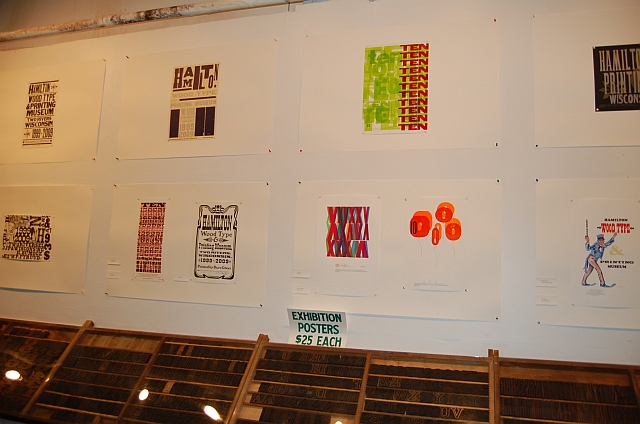
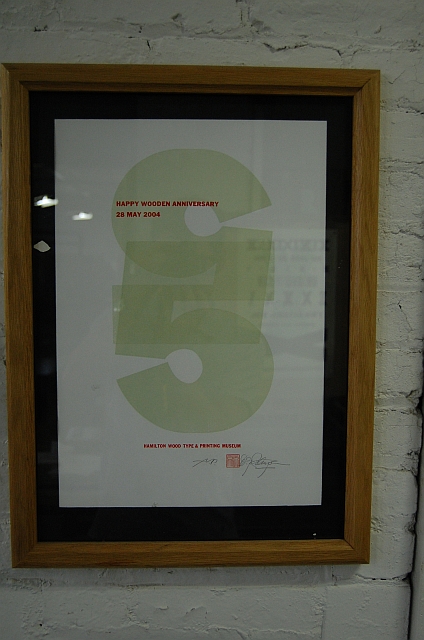
Later in the week, I visited the Paper Discovery Center in Appleton. This is a small museum created to educate the public (mostly secondary school groups) about the manufacture and importance of paper in our lives. I was pleased to see that they had a temporary exhibition set up about the life and work of Dard Hunter, an artist and paper historian. Some might consider him the grandfather of paper history: his book “Papermaking: The History and Technique of an Ancient Craft” is still considered the definitive book on the subject. We’ve got a copy of it here in the lab that is well worn. There are a number of books by and about Hunter within the IUB Libraries, specifically at Wells, Fine Arts, and Lilly Library. He designed and cast his own type, made paper and handbound a number of his publications.
Finally, my tour of paper-related sites ended with a tour of the Neenah Paper Mill in Neenah. There is a long history of papermaking in the Fox River area of Wisconsin, due to its proximity to good water, pulp and transit networks. Photography wasn’t allowed, so I don’t have any pictures of the very thorough tour. It began with an explanation of how water is utilized within the factory. Neenah Papers has done a lot to adhere to strict environmental regulations in their use and discharge of local water supplies- in some instances going further than the law requires. Paper being made today on a large scale is a very complex blend of chemistry and artistry and my esteem for the finished product was heightened considerably. The amount of engineering that goes into creating paper to meet a customer’s specifications is mindboggling. For us paper conservators, it helps immensely to learn contemporary manufacturing methods that create the materials housed in archives and libraries in the future. I was able to bring back some samples of the pulp they utilize for the benefit of the Craig Lab. Samples like this come in handy for fiber identification as well as educating employees to recognize different physical qualities present in paper. We love swatch books!
All in all, it was a great week seeing the historic and contemporary nuts and bolts involved in the creation of the materials we conserve daily within the lab.
-Doug Sanders, Paper Conservator
Leave a Reply